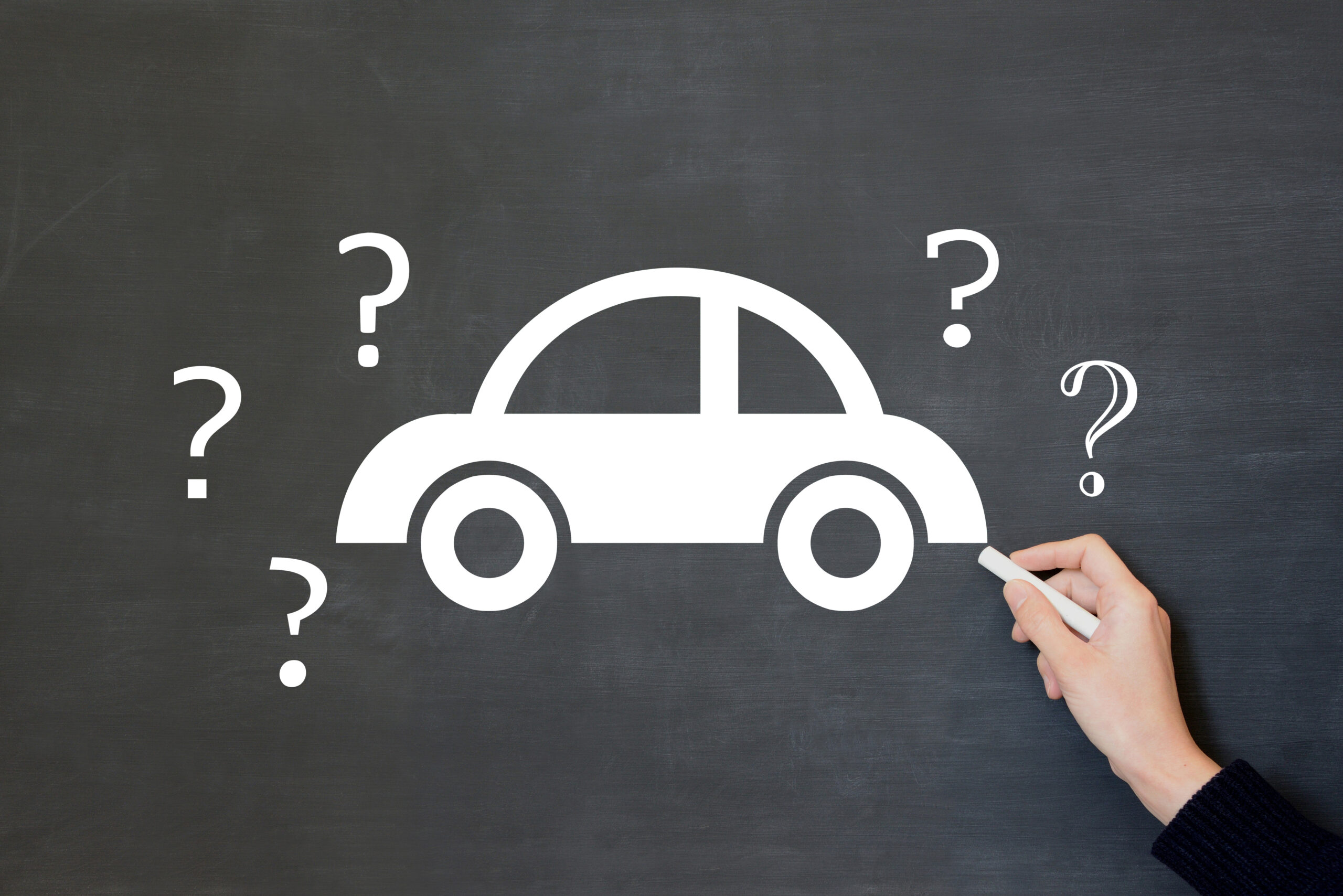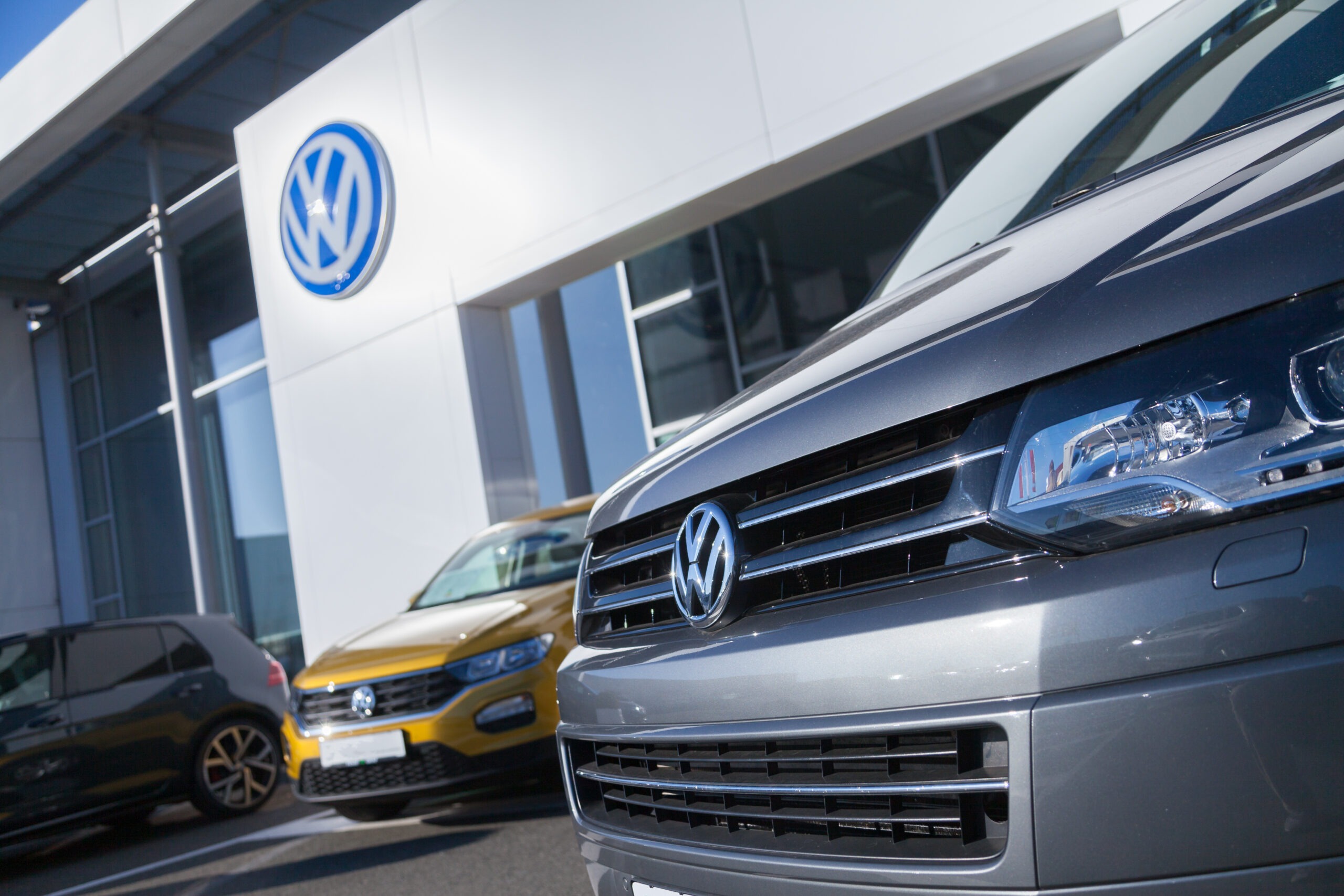
What to Know Before Leasing a Car for the First Time
Leasing a car for the first time can be both exciting and overwhelming. With various terms, conditions, and options to navigate, it’s crucial to understand the key aspects of leasing to make an informed decision. Whether you’re drawn to the appeal of driving a new car every few years or prefer the flexibility of leasing over buying, this guide will provide essential information to help you through the process. Here’s what you need to know before leasing a car for the first time.
Understanding Car Leasing Basics
- What is Car Leasing?
Car leasing is essentially a long-term rental agreement where you pay to use a vehicle for a specific period, typically two to four years. At the end of the lease term, you return the car to the leasing company and have the option to lease a new vehicle or explore other options.
Key Features of Car Leasing:
– Monthly Payments: You make regular payments over the lease term, which are usually lower than monthly loan payments for buying a car.
– Mileage Limits: Leases come with mileage limits, which determine the maximum distance you can drive annually without incurring extra charges.
– Residual Value: At the end of the lease, the vehicle’s estimated value (residual value) determines your options for purchasing the car or returning it.
- Lease Terms and Conditions
Understanding lease terms and conditions is crucial for a smooth leasing experience. These terms can vary significantly between different leasing companies and vehicles.
Common Lease Terms:
– Lease Term: The duration of the lease, typically ranging from 24 to 48 months.
– Mileage Limits: The maximum number of miles you’re allowed to drive annually without facing additional charges.
– Wear and Tear: Guidelines on acceptable wear and tear, with potential charges for excess damage.
– End-of-Lease Options: Options at the end of the lease, including returning the car, purchasing it, or leasing a new vehicle.
- Benefits of Leasing
Leasing offers several advantages compared to buying a car outright, making it an attractive option for many drivers.
Advantages of Leasing:
– Lower Monthly Payments: Lease payments are generally lower than loan payments for purchasing a car.
– Newer Vehicles: Leasing allows you to drive a new car more frequently, often with the latest features and technology.
– Lower Repair Costs: New cars are typically under warranty, reducing the risk of costly repairs.
– Flexibility: Leasing provides the flexibility to switch to a different vehicle after the lease term ends.
Key Considerations Before Leasing
- Assess Your Needs and Budget
Before committing to a lease, assess your needs and budget to ensure that leasing aligns with your lifestyle and financial situation.
Budget Considerations:
– Monthly Payments: Determine how much you can comfortably afford for monthly lease payments.
– Down Payment: Some leases may require a down payment, which can affect your initial costs.
– Mileage Requirements: Consider your driving habits and ensure that the lease’s mileage limits match your needs.
- Research and Compare Lease Offers
Research different vehicles and lease offers to find the best deal that suits your needs. Compare terms, payments, and features to make an informed choice.
Comparison Tips:
– Vehicle Options: Compare different makes and models to find the best vehicle for your needs.
– Lease Terms: Review and compare lease terms, including monthly payments, mileage limits, and end-of-lease options.
– Incentives and Deals: Look for special offers, incentives, or promotions that may be available.
- Understand the Total Cost of Leasing
The total cost of leasing includes more than just monthly payments. Understanding all associated costs will help you budget effectively.
Additional Costs:
– Upfront Costs: Include any down payment, acquisition fees, or other initial costs.
– Mileage Charges: Be aware of potential charges for exceeding the mileage limits.
– Wear and Tear Fees: Understand the charges for excessive wear and tear or damage to the vehicle.
– End-of-Lease Costs: Consider any fees associated with returning the vehicle or purchasing it.
- Review the Lease Agreement Thoroughly
Before signing the lease agreement, review all terms and conditions carefully. Ensure that you understand your obligations and the consequences of any potential issues.
Review Checklist:
– Lease Terms: Verify the lease term, mileage limits, and any fees.
– End-of-Lease Options: Understand your options at the end of the lease, including return procedures and purchase options.
– Insurance Requirements: Check the insurance requirements specified in the lease agreement.
Practical Tips for First-Time Leasers
- Take a Test Drive
Always test drive the vehicle before committing to a lease. This will give you a feel for how the car drives and whether it meets your expectations.
Test Drive Tips:
– Comfort and Features: Evaluate the comfort, handling, and features of the vehicle.
– Fit and Functionality: Ensure that the car meets your practical needs, such as cargo space and seating.
- Check for Manufacturer and Dealer Incentives
Look for manufacturer and dealer incentives that may be available for first-time leasers. These can include reduced lease rates, cash rebates, or special offers.
Incentive Types:
– Manufacturer Promotions: Check for promotions from the car manufacturer.
– Dealer Specials: Ask the dealership about any special deals or discounts.
- Consider Lease Protection Plans
Lease protection plans can provide peace of mind by covering potential costs related to excess wear and tear or damage.
Protection Plan Options:
– Wear and Tear Protection: Covers costs for damage beyond normal wear and tear.
– Excess Mileage Coverage: Provides coverage for mileage overage charges.
- Plan for Lease End
Start planning for the end of your lease well in advance. Understand the process for returning the vehicle and consider your options for the next steps.
End-of-Lease Planning:
– Return Process: Familiarise yourself with the return procedures and any associated fees.
– Purchase Option: Decide if you want to purchase the vehicle or explore other leasing options.
Conclusion: Get Started with Confidence
Leasing a car for the first time can be a smooth and rewarding experience with the right preparation and understanding. By assessing your needs, researching lease offers, and reviewing the lease agreement carefully, you can make an informed decision and enjoy the benefits of driving a new vehicle.
Get Started with Our Beginner’s Guide to Car Leasing
Ready to take the leap into car leasing? Explore our comprehensive beginner’s guide and find the perfect lease deal for you. Contact us to learn more about our leasing options and get started on your journey to a new car today. Whether you’re looking for the latest models, special offers, or flexible terms, we’re here to help you every step of the way.









